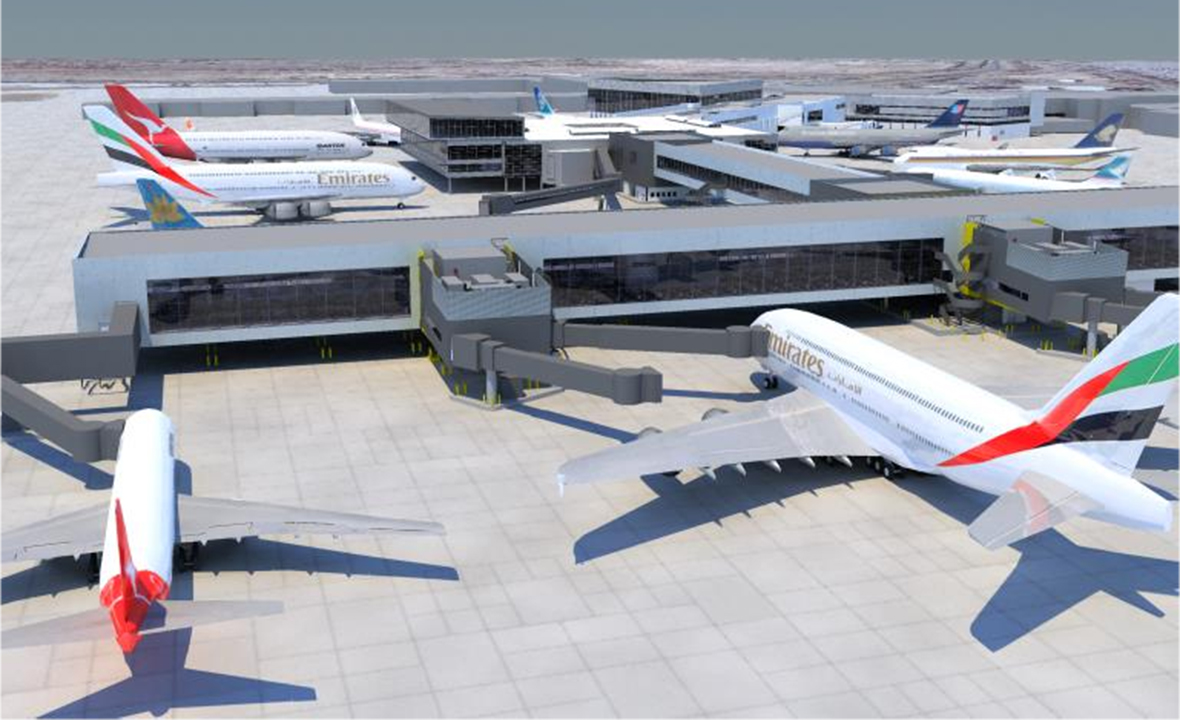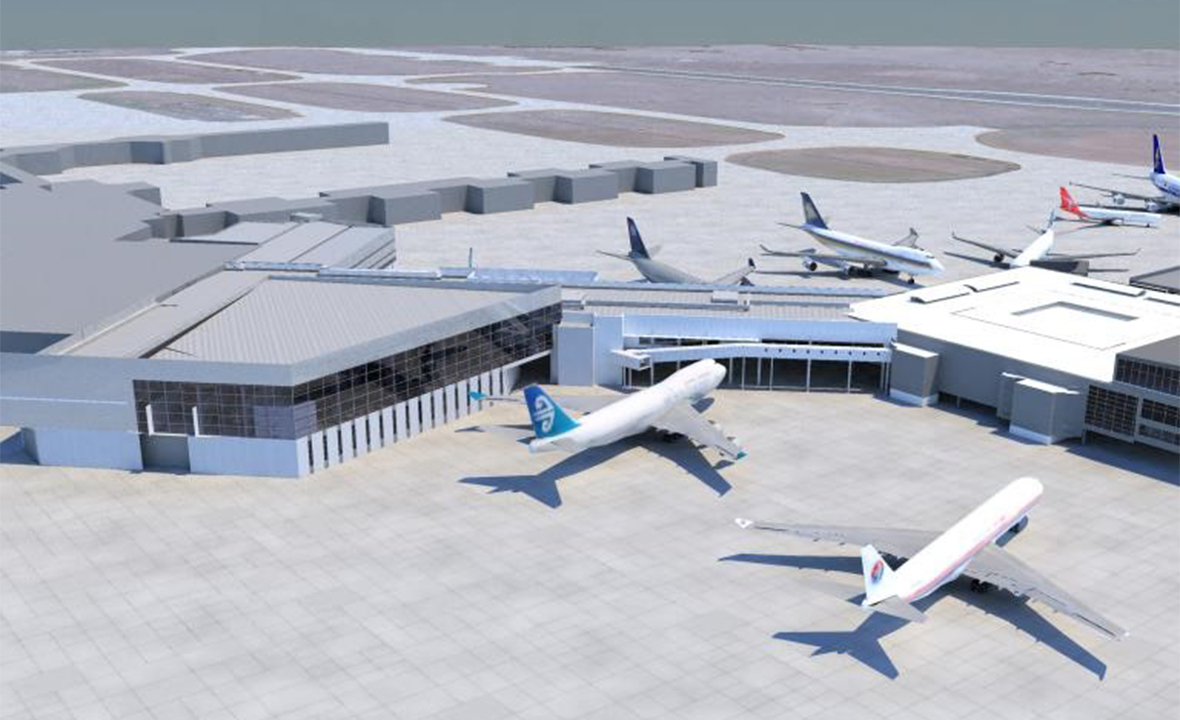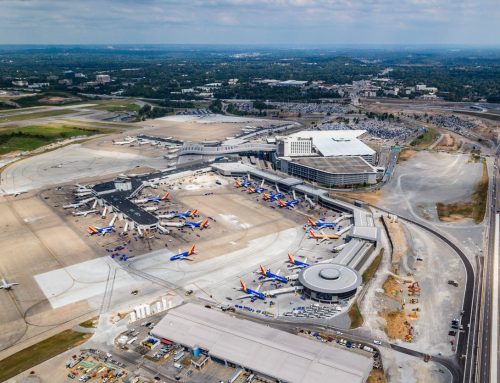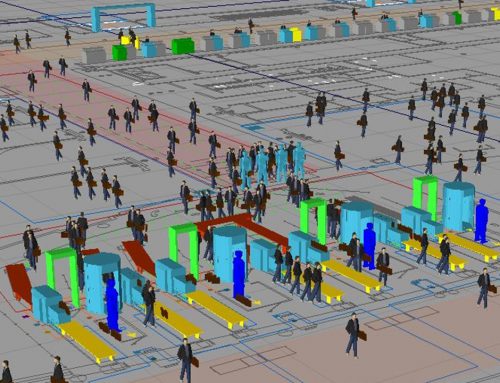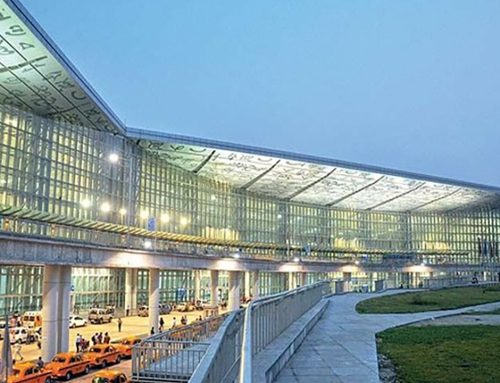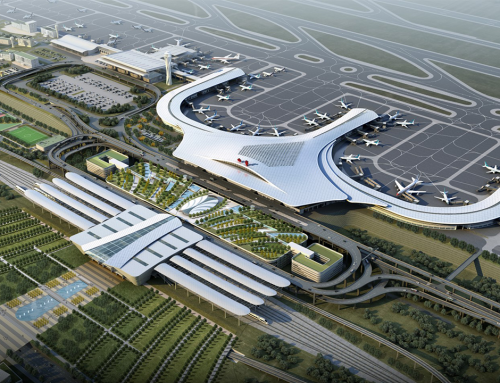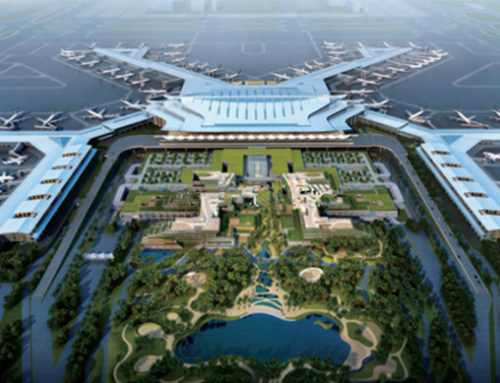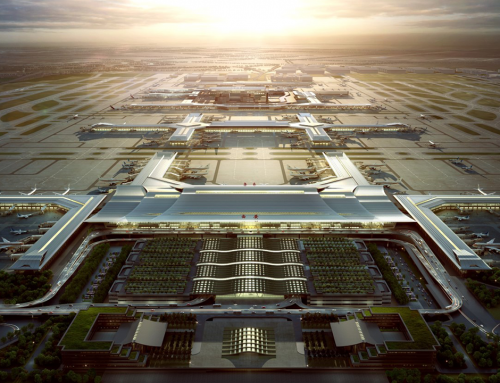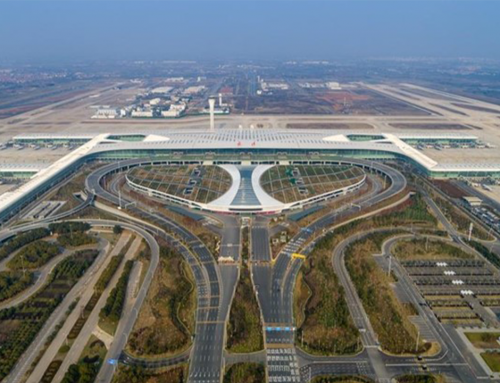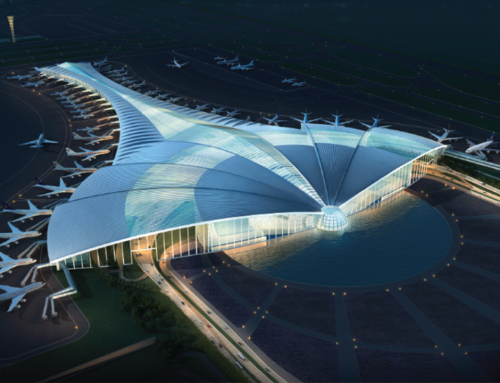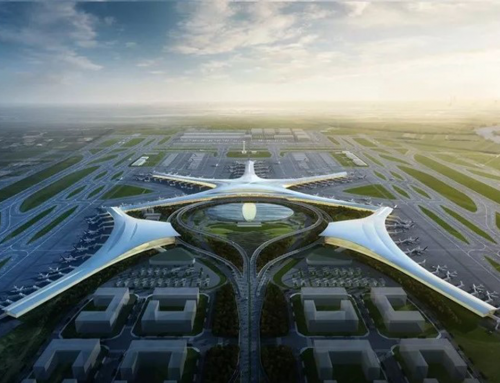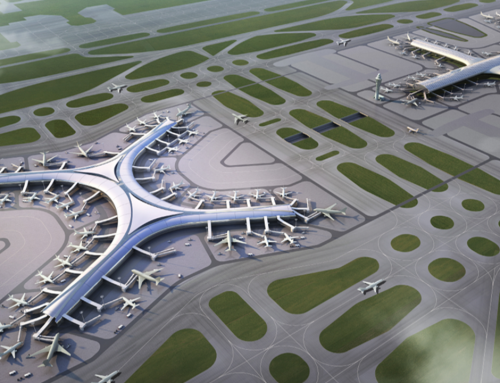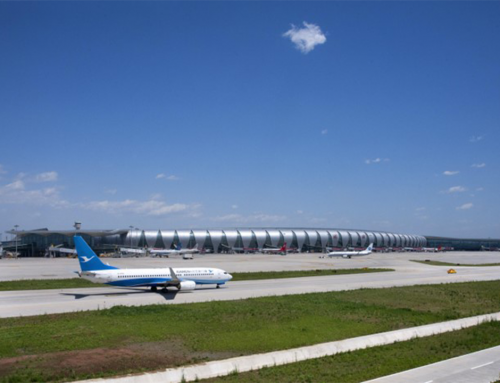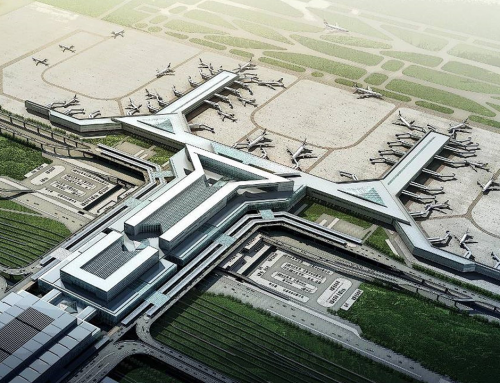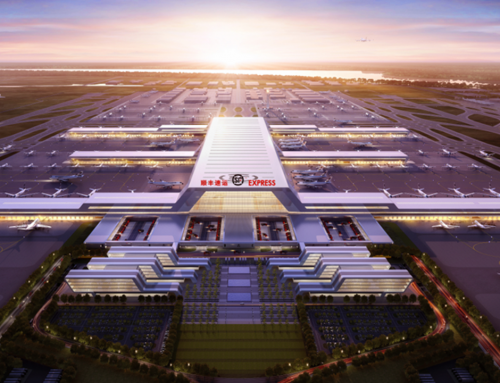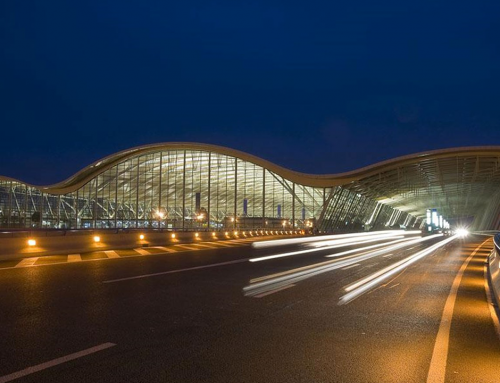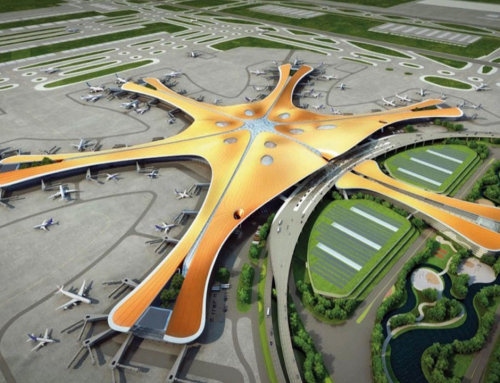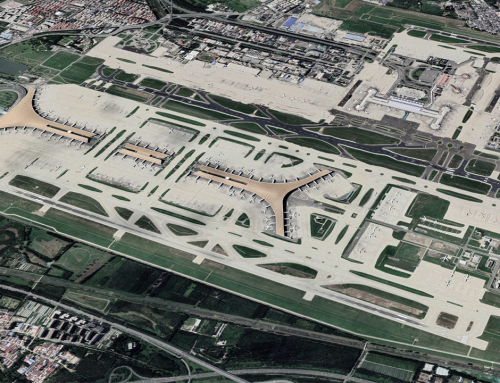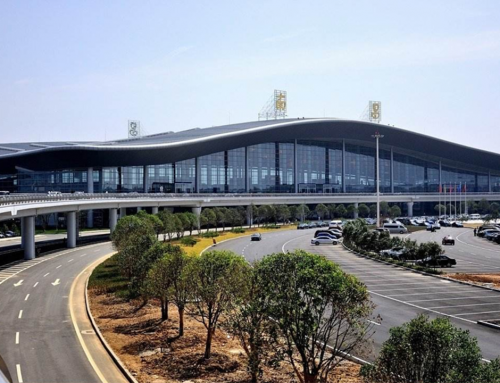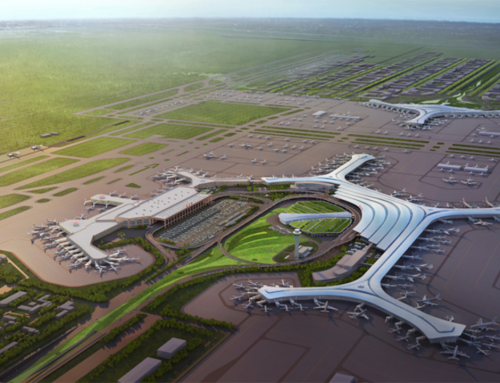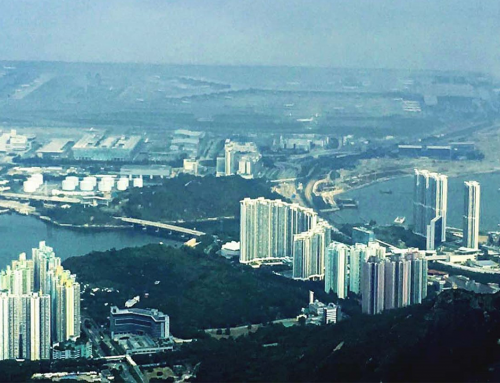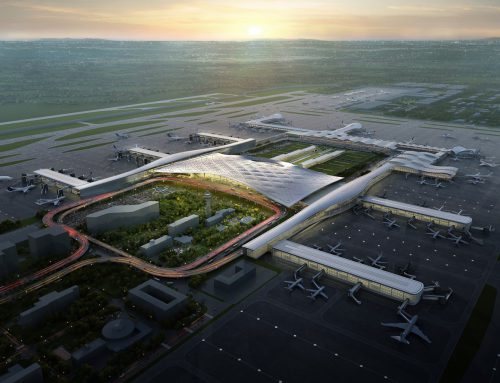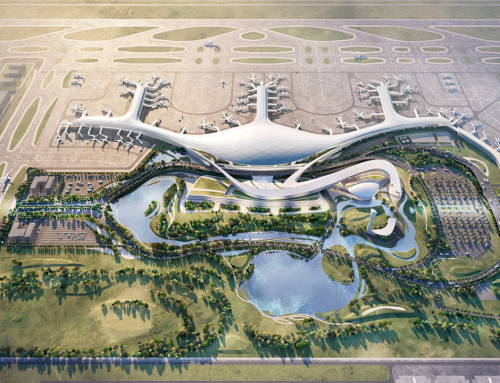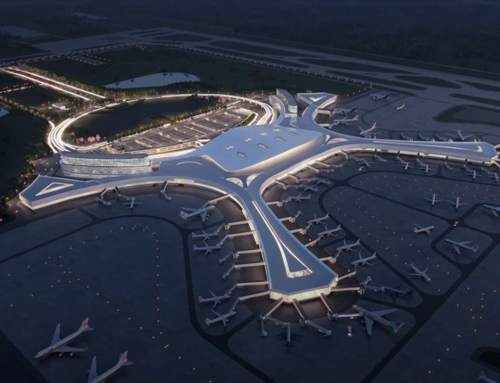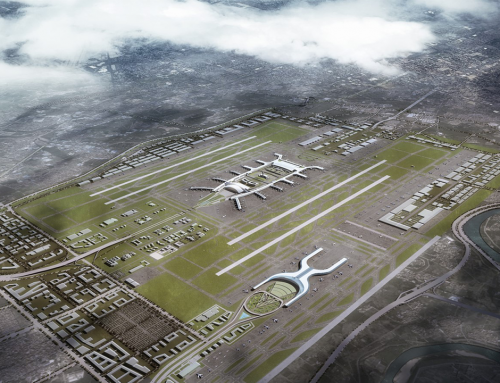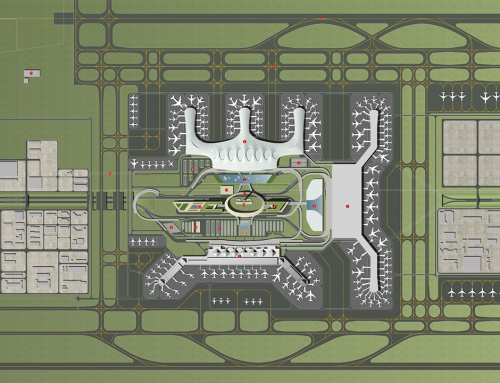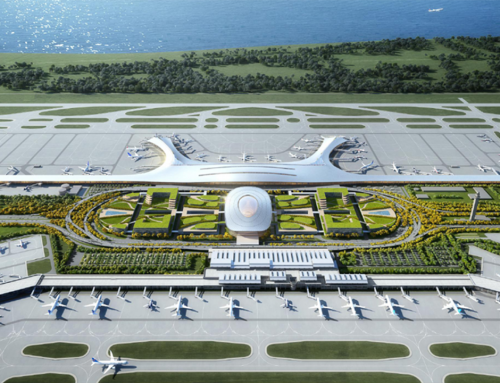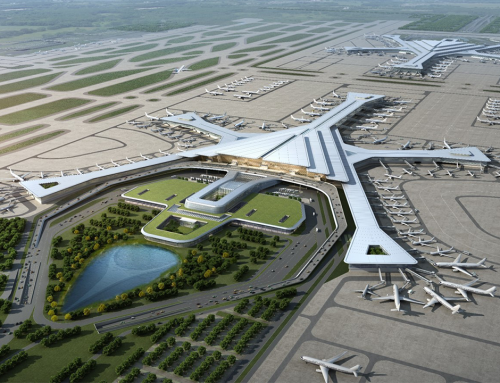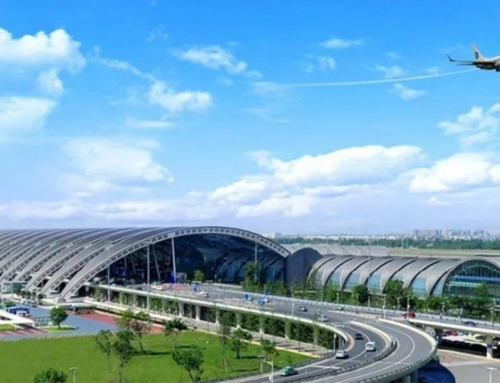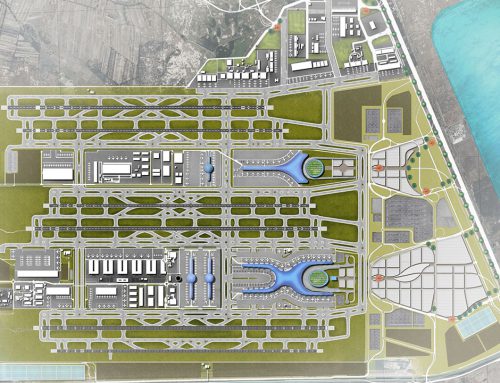Project Description
Melbourne Airport
Client: Australia Pacific Airports (Melbourne)
The Melbourne Airport Strategic Terminal Expansion Plan (STEP) was developed by LBWS in 2004 to provide long term terminal expansion options for Melbourne Airport. The project aim was to explore all possible alternative planning options and determine the basis of continuing development at Melbourne Airport. The purpose of STEP was to provide a comprehensive, integrated and flexible long-range terminal development plan that meets forecast International and Domestic Growth demand.
Over 20 options were developed that conformed to the brief requirements, considered known constraints and challenged previous planning assumptions. The major project outcome is that future planning flexibility is assured and Melbourne Airport is not locked into a single long-term development strategy.
Planning solutions for the core area concentrated on planning major processing points (Security, Emigration, Baggage Reclaim, Customs and Bio Security) and retail facilities. Planning standards were defined and planning options developed. The planning solution developed provides flexible passenger processing facilities planned for adaptability to new technologies and flexible development pathways for future baggage reclaim provision.
The T2 Gate Expansion component developed flexible aircraft parking layouts (using a MARS configuration) to meet future demand. Detailed apron planning for each type of aircraft was carried out, as well as detailed aerobridge planning and sizing, and aircraft servicing co-ordination. Terminal planning included functional development of gate lounges and fixed links, and facilitation of aircraft movement through the terminal. The functional planning solution developed is flexible for future expansion, cost effective and provides a high level of service to passengers.
ArcPort simulation of the functional areas was undertaken to assess different levels of facility provision, different processing scenarios and to identify possible congestion points, which could then be replanned before construction commenced. Major areas studied included security, emigration, retail population, and gate boarding.
During the detailed design and construction phase, L&B have continued to work closely with Melbourne Airport, architects and engineers and the construction contractor to ensure that high standards of airport planning and high levels of service are maintained.
